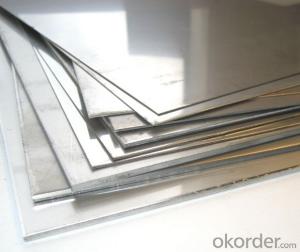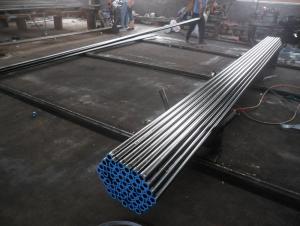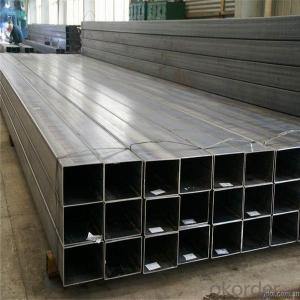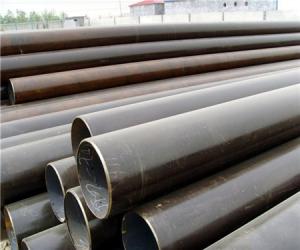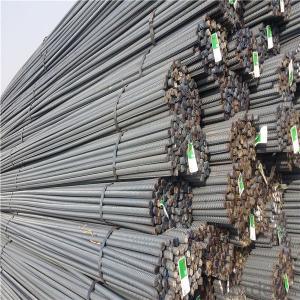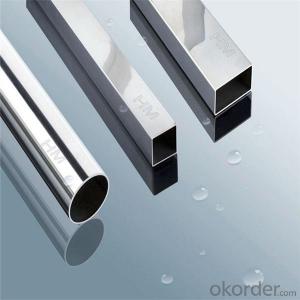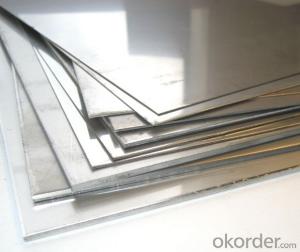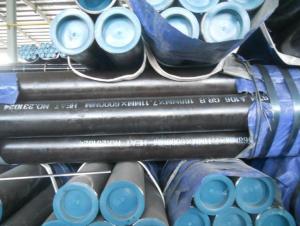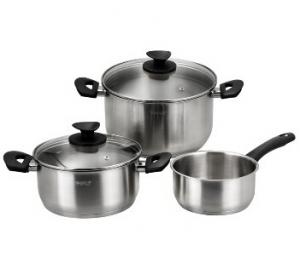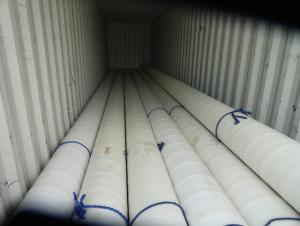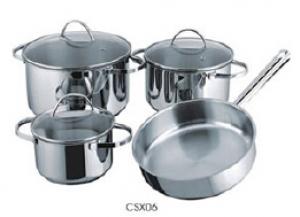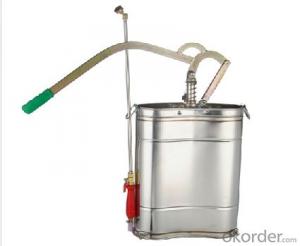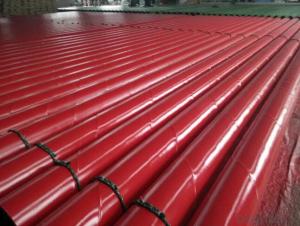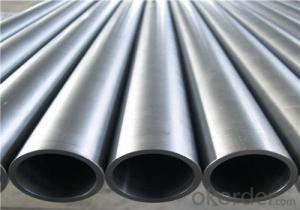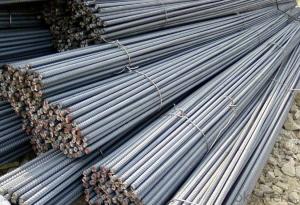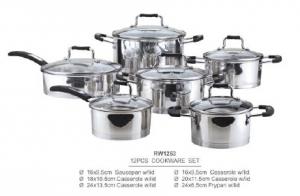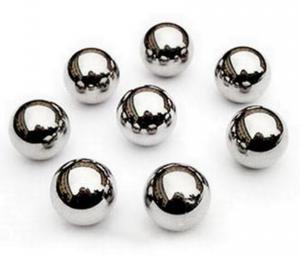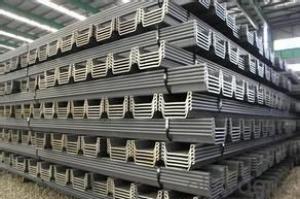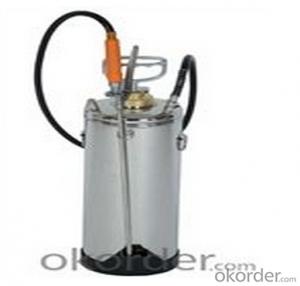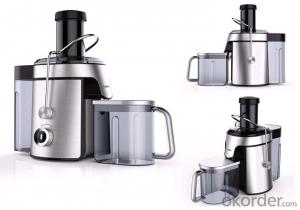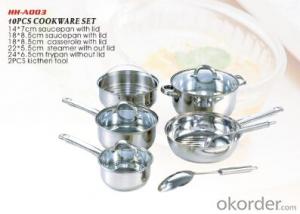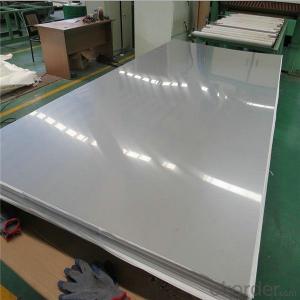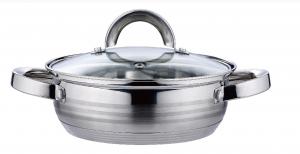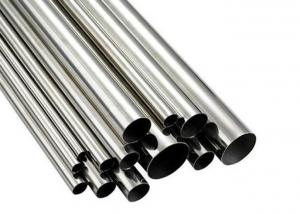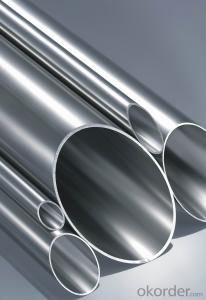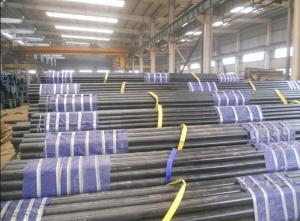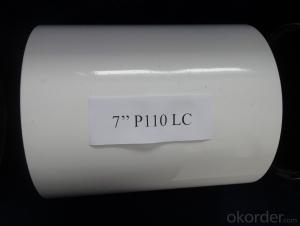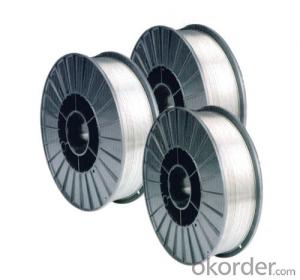3/8 Stainless Steel Tubing
3/8 Stainless Steel Tubing Related Searches
3/8 In Stainless Steel Tubing 3 8 Stainless Steel Tubing 3/8 Stainless Steel Rod 3 4 Stainless Steel Tubing 3/4 Stainless Steel Tubing 3 8 Stainless Steel Rod 3/8 Thick Aluminum Plate 18/8 Stainless Steel 3/8 Aluminum Plate Stainless Steel 18/8 3/8 Inch Aluminum Plate 3in Stainless Steel Pipe Aluminum Plate 3/8 Thick 3 Inch Stainless Steel Pipe 3/8 In Aluminum Plate Stainless Steel 1/2 Tubing Stainless Steel 1/8 Rod 1/8 Stainless Steel Rod 3/16 Stainless Steel 18 8 Stainless Steel 13 8 Stainless Steel 13-8 Stainless Steel 1 Inch Stainless Steel Tubing 1/2 Stainless Steel Tubing 3 Stainless Steel Pipe 3 4 Stainless Steel Pipe 18-8 Stainless Steel Seamless Stainless Steel Tubing 3/4 In Stainless Steel Pipe 1/4 Stainless Steel Tubing3/8 Stainless Steel Tubing Supplier & Manufacturer from China
3/8 Stainless Steel Tubing is a versatile and durable product that is widely used in various industries due to its corrosion resistance and strength. This type of tubing is made from stainless steel, which is an alloy that contains a minimum of 10.5% chromium, providing it with its characteristic corrosion resistance. The 3/8" diameter makes it suitable for a range of applications where a balance between strength and flexibility is required.3/8 Stainless Steel Tubing is commonly used in applications such as plumbing, gas lines, and industrial equipment. Its ability to withstand high pressure and temperature fluctuations, along with its resistance to corrosion, makes it an ideal choice for these scenarios. Additionally, it is often used in the food and beverage industry, as well as in medical and pharmaceutical applications where cleanliness and hygiene are paramount. The tubing's smooth interior surface also helps to reduce friction, which can be beneficial in fluid transfer systems.
Okorder.com is a reputable wholesale supplier of 3/8 Stainless Steel Tubing, offering a large inventory to meet the demands of various industries. With a commitment to quality and customer satisfaction, Okorder.com ensures that the products they supply are of the highest standard. Their extensive inventory allows customers to find the exact specifications they need, whether it's for a small project or a large-scale industrial application. By partnering with Okorder.com, customers can be confident that they are receiving a reliable and high-quality product at a competitive price.
Hot Products

